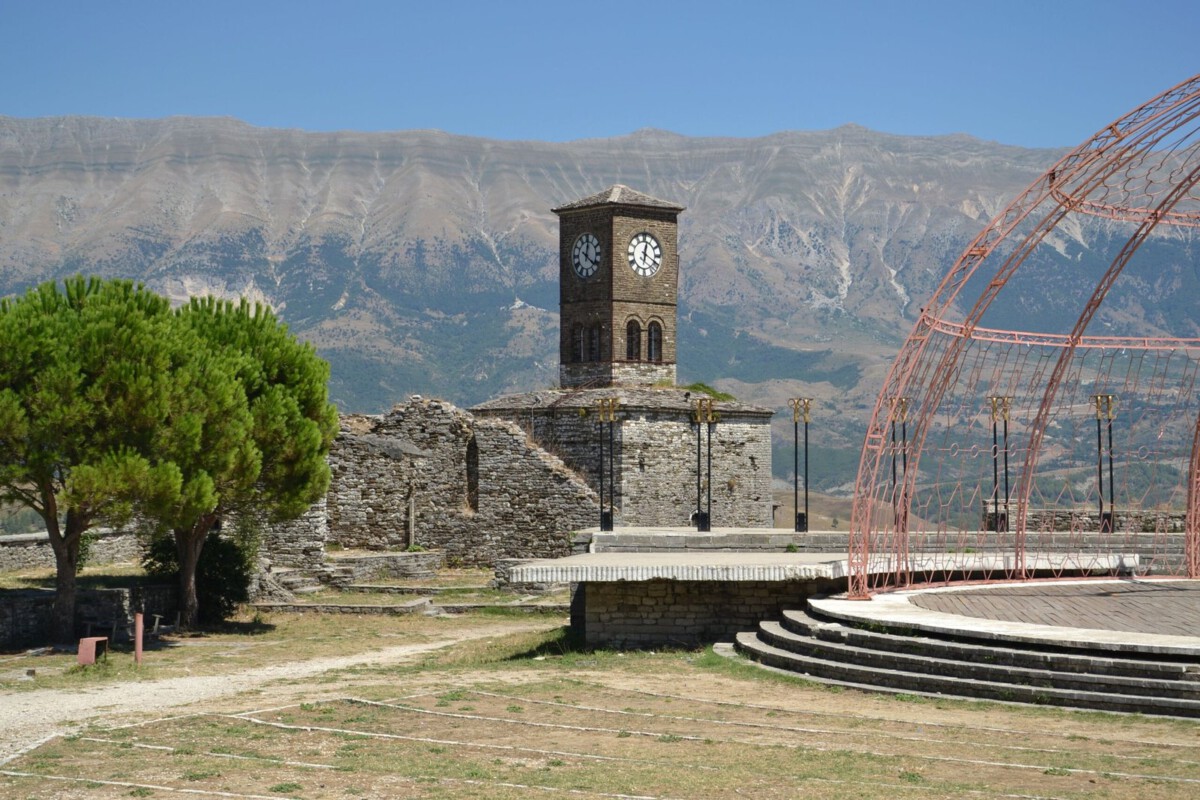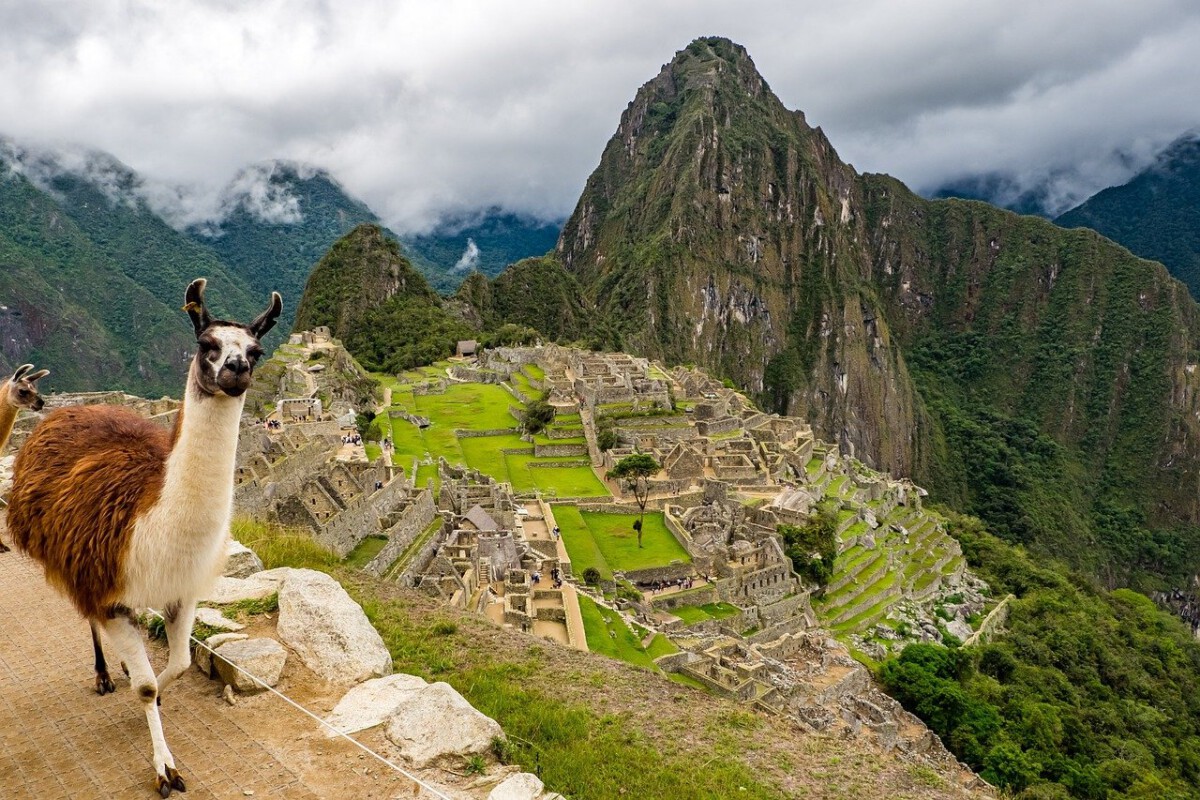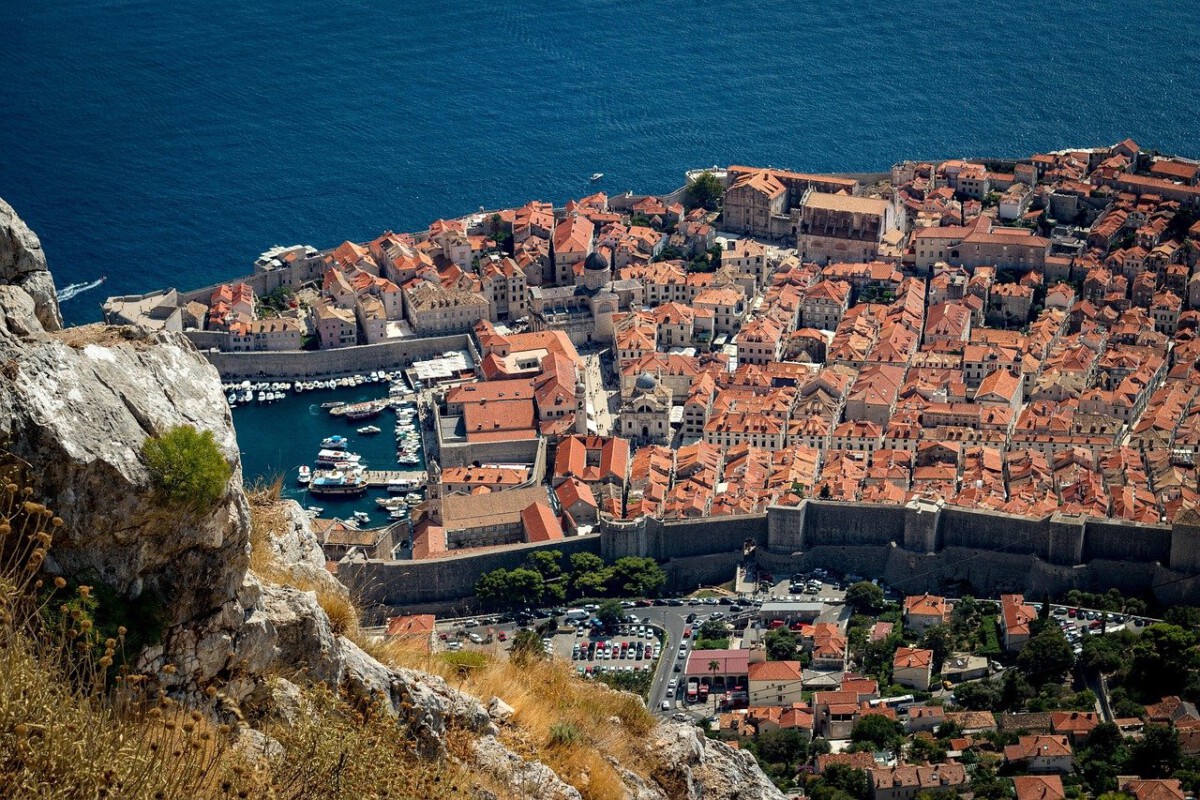Gjirokastër, Albania

Gjirokastër, nestled in southern Albania, is a stunning city often skipped by travelers seeking Albania’s beaches or capital. Its UNESCO World Heritage status is due to its rare Ottoman-era architecture, with stone-roofed houses and winding, cobbled lanes. The Gjirokastër Castle dominates the skyline and offers panoramic views of the Drino Valley and surrounding mountains. While Tirana and Saranda draw more international crowds, Gjirokastër’s population hovers around 20,000, preserving its authentic small-town atmosphere. Local artisans craft beautiful textiles and woodwork, which you’ll find in the Old Bazaar, a lively market untouched by mass tourism. The city’s food scene highlights traditional flavors, including the famous qifqi rice balls and savory byrek. As of 2025, visitor numbers remain modest, despite the city’s growing reputation due to mentions in international travel guides. The Ethnographic Museum, once the home of Enver Hoxha, provides a window into both local and national history.
Tbilisi, Georgia

Tbilisi, Georgia’s vibrant capital, is a city where ancient history meets contemporary creativity. The Old Town’s maze of narrow streets, pastel houses, and ironwork balconies reveals a blend of Persian, Russian, and European influences. Tbilisi’s iconic sulfur baths have attracted visitors for centuries and remain a popular local tradition. Its food scene is gaining international fame, with dishes like khinkali dumplings and khachapuri cheese bread now trending in food blogs worldwide. Despite a population nearing 1.2 million, the city feels accessible and walkable, especially in areas not overrun by tourists. The arts thrive here, with galleries and theaters showcasing Georgian talent and modern installations. Tbilisi’s proximity to the Caucasus Mountains makes it a base for hiking and winter sports, yet the city itself remains relatively uncrowded by Western tourists. In recent years, Tbilisi has seen a gradual increase in international flights, but it still retains a sense of discovery.
Matera, Italy

Matera, located in the Basilicata region, is renowned for its ancient cave dwellings called “Sassi.” These stone homes, carved into the cliffs, are believed to be among the first human settlements in Italy, dating back to the Paleolithic era. The transformation of these caves into chic hotels, restaurants, and galleries has attracted attention since Matera was named European Capital of Culture in 2019. Matera’s landscape is unlike anywhere else in Europe, with winding alleys and rock churches adorned with centuries-old frescoes. The city’s population is just over 60,000, ensuring a peaceful pace compared to Italy’s major tourist hubs. Local cuisine features orecchiette pasta and robust wines, reflective of the region’s agricultural roots. Matera’s striking scenery has made it a favorite for filmmakers, with scenes from “The Passion of the Christ” shot here. In 2025, Matera continues to fly under the radar for most tourists, offering a rare blend of history, culture, and tranquility.
Belgrade, Serbia

Belgrade is the capital and largest city of Serbia, located at the confluence of the Sava and Danube rivers. It’s one of Europe’s oldest continuously inhabited cities, with a history dating back over 7,000 years. Known for its vibrant nightlife, historic architecture, and bohemian spirit, Belgrade blends Ottoman, Austro-Hungarian, and socialist-era influences. Key attractions include Kalemegdan Fortress, the Church of Saint Sava, and the lively Skadarlija district. It’s also a growing cultural and tech hub in the Balkans.
Ghent, Belgium

Ghent is a Belgian city that manages to blend medieval splendor with contemporary vibrancy, often overshadowed by nearby Bruges. The city’s well-preserved architecture includes landmarks like the Gravensteen Castle and Saint Bavo’s Cathedral, both drawing history buffs and architecture lovers. Ghent’s network of canals provides a scenic backdrop for boat tours and riverside strolls, while its compact center remains largely free of tourist congestion. The local food movement emphasizes farm-to-table dining, and Ghent is a leader in vegetarian cuisine, even declaring Thursdays as “Veggie Day.” Annual festivals, ranging from jazz to flower shows, keep the city’s calendar lively. A large student population ensures a youthful energy, fueling a thriving nightlife and arts scene. The city’s commitment to sustainability is evident in extensive bike lanes and waste reduction initiatives, recognized by environmental organizations. With a population of around 260,000, Ghent offers an ideal mix of city life and small-town charm.
Plovdiv, Bulgaria

Plovdiv, often cited as Europe’s oldest continuously inhabited city, boasts a history stretching back over 6,000 years. Its Roman Theater, Ancient Stadium, and Ottoman-era architecture tell the story of a city shaped by countless cultures and empires. The Old Town’s cobbled streets are lined with colorful Bulgarian Revival houses, art galleries, and bohemian cafes, creating an inviting atmosphere for visitors. Plovdiv’s cultural significance was recognized when it became a European Capital of Culture in 2019, further boosting its profile among art lovers. Street art and murals now add a modern edge to the historic cityscape, drawing young creatives. The city’s food scene features traditional dishes like banitsa cheese pastry and shopska salad, reflecting Bulgaria’s rich gastronomy. Plovdiv’s population of about 350,000 ensures lively festivals and social events throughout the year. Despite its rich history and vibrant present, Plovdiv remains a lesser-known gem among European city destinations.
Porto, Portugal

Porto, often in the shadow of Lisbon, is Portugal’s soulful city on the Atlantic coast and a hub for wine lovers. The city is world-famous for its port wine, with historic cellars lining the Douro River and offering tastings that highlight centuries of tradition. Porto’s historic center, a UNESCO World Heritage site, is a maze of narrow lanes, Baroque churches, and azulejo-tiled buildings. The Dom Luís I Bridge provides breathtaking views and has become a favorite spot for photographers and sunset seekers. Porto’s food scene is vibrant, with specialties like francesinha—an indulgent sandwich layered with meat and cheese—winning over locals and tourists alike. The arts thrive in Porto, with galleries, theaters, and street art reflecting its creative spirit. The São João Festival every June fills the city with music, fireworks, and dancing, showing Porto’s lively character. Despite a population of around 300,000, Porto still feels intimate, making it ideal for slow-paced exploration.
Ljubljana, Slovenia

Ljubljana, Slovenia’s capital, is a picturesque city cradled by mountains and forests, with a population just under 300,000. Its charming old town, lined with pastel-colored Baroque buildings and lively squares, feels both intimate and welcoming. The Ljubljanica River snakes through the city, its banks lined with cafes and flea markets, inviting both locals and visitors to linger. The Dragon Bridge and Ljubljana Castle are iconic landmarks, offering both history and panoramic city views. Ljubljana’s commitment to sustainability earned it the title of European Green Capital in 2016, and its car-free city center is a model for other European capitals. The local food scene is inventive, mixing Slovenian classics like potica cake with global flavors. Festivals and open-air events fill the calendar, from jazz concerts to street theater, reflecting a vibrant cultural life. Ljubljana’s unique blend of green spaces, arts, and history sets it apart from more crowded capitals.
Lviv, Ukraine

Lviv, in western Ukraine, stands as a testament to centuries of cultural exchange, with influences from Polish, Austrian, and Russian heritage visible throughout its streets. Its historic center, a UNESCO World Heritage site, is famous for ornate buildings, cobbled squares, and a thriving café culture. The city’s coffeehouses are legendary, with many claiming to be the oldest in Ukraine, creating a cozy atmosphere for locals and visitors alike. Lviv hosts an impressive array of festivals, from jazz and film to chocolate and coffee, making every season an exciting time to visit. The local cuisine, including borscht and varenyky dumplings, is hearty and flavorful, drawing food enthusiasts from across the region. The arts scene is lively, with theaters, galleries, and frequent street performances bringing energy to public spaces. Lviv’s population of around 700,000 ensures a bustling yet manageable vibe. As of 2025, Lviv remains a cultural powerhouse, relatively untouched by mass tourism.
Tallinn, Estonia

Tallinn, Estonia’s capital, is a city where medieval history and modern innovation coexist in striking harmony. Its UNESCO-listed Old Town features winding streets, Gothic spires, and centuries-old guildhalls, making it one of the best-preserved medieval cities in Europe. At the same time, Tallinn has gained fame as the “Silicon Valley of Europe,” with a booming tech industry and vibrant start-up scene. Local cuisine offers a taste of Estonian tradition, with rye bread, smoked fish, and innovative new restaurants. The city is known for its green spaces and commitment to sustainability, including eco-friendly public transport and urban gardens. Tallinn’s population, around 430,000, gives it the energy of a capital without the chaos of larger metropolises. The arts scene is rich, with galleries, music festivals, and theater performances drawing locals and visitors alike. Tallinn’s blend of old and new makes it a compelling city for those who crave both history and progress.
Erfurt, Germany

Erfurt, the capital of Thuringia, offers a glimpse into the heart of medieval Germany without the crowds of bigger cities like Berlin or Munich. Its well-preserved old town features half-timbered houses, charming squares, and the iconic Merchants’ Bridge, the only bridge in Europe lined completely with inhabited buildings. The Erfurt Cathedral, dating back to the 8th century, and the Augustinian Monastery where Martin Luther studied, provide deep historical significance. The city’s population is around 215,000, ensuring a friendly yet lively atmosphere. Erfurt’s markets, especially the annual Christmas market, draw visitors for their authenticity and festive spirit. Local cuisine includes Thuringian sausages and regional potato dishes, adding to the city’s appeal for food lovers. The city is also a regional hub for the arts, with theaters, galleries, and music festivals throughout the year. Erfurt’s blend of history, charm, and culture remains largely undiscovered by international tourists.
Kotor, Montenegro

Kotor, a fortified town on Montenegro’s Adriatic coast, is still a secret to many international travelers despite being a UNESCO World Heritage site. The city’s medieval walls, winding alleys, and scenic setting at the end of the Bay of Kotor create a fairy-tale atmosphere. Kotor’s old town is car-free, allowing visitors to wander at leisure, discovering hidden squares, ancient churches, and cozy cafes. The climb to the fortress above the town rewards hikers with panoramic views of the bay and surrounding mountains, often cited as one of the most beautiful vistas in Europe. Kotor’s population is under 15,000, preserving its intimate, small-town feel. Local seafood, especially fresh calamari and grilled fish, is a highlight of the area’s cuisine. The city’s annual festivals, including the Kotor Carnival and Summer Festival, showcase Montenegrin culture and traditions. Despite growing cruise ship traffic, Kotor’s charm remains intact for those willing to explore beyond the main tourist routes.







